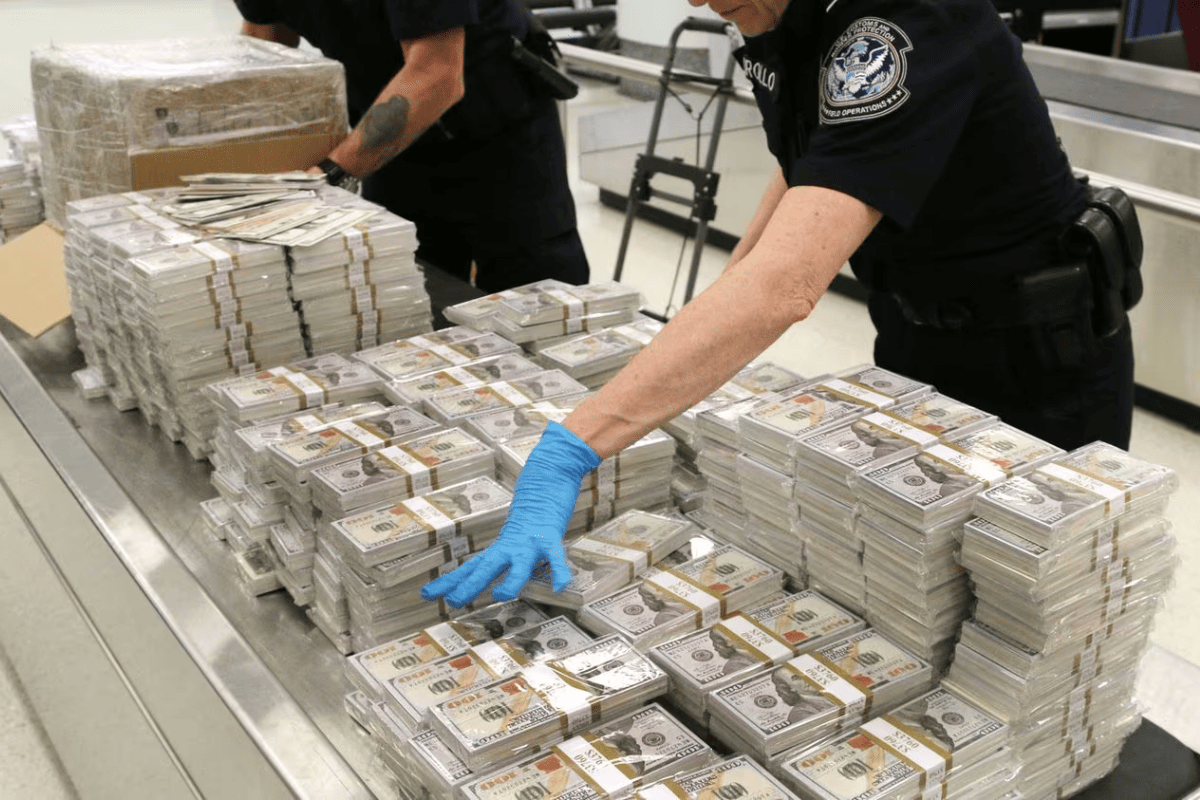A hidden community exists where technology, crime, and law enforcement collide, creating a complex world that spans both the virtual and real realms. Users engage in secret transactions, from the illicit drug trade to weapons trafficking and more, challenging traditional policing and demanding new approaches to tackle online crime. While the dark web offers privacy-focused communication, it’s not just about illegal activities; a group of researchers explores its secrets to understand its impact on cyber-security and digital privacy. However, a darker side emerges, revealing human trafficking, hitmen, cannibalism, and illegal wildlife trade exploiting the anonymity it provides. As law enforcement evolves to face these challenges, the dark web serves as a reminder of the ongoing battle between technological advancement and the persistent challenges of the digital age.

Counterfeit Currency On The Dark Web
The dark web serves as a breeding ground for a myriad of shady transactions, with one particularly insidious practice standing out— the creation and sale of counterfeit currency. Operating beyond the reach of law enforcement, individuals on the dark web exploit the anonymity provided by specialized networks to orchestrate a sophisticated network of criminal activities. Counterfeit money is meticulously crafted to deceive even the most discerning eyes. In the year 2022, a noteworthy surge of about 91% was recorded in listings on the deep and dark web promoting counterfeit banknotes. Currently, users engaging in the sale of these fraudulent bills experienced a substantial uptick of around 82%. The dark web not only facilitates the trade of fake bills but also offers a marketplace where counterfeiters exchange tips, techniques, and templates, perpetuating a shadowy economy that poses a significant challenge to legal authorities worldwide.
The allure of counterfeit currency on the dark web lies in its potential to undermine financial systems and erode trust in the very backbone of economic stability. The intricate dance between those who forge the bills and those seeking to profit from them is an alarming testament to the adaptability of criminal enterprises in the digital age. As law enforcement agencies grapple with the complexities of tracking these elusive transactions, the dark web continues to be a breeding ground for a criminal subculture that remains one step ahead. The creation and circulation of counterfeit currency on the dark web not only stresses the sinister capabilities of the digital underworld but also accentuates the critical need for innovative strategies to combat these evolving threats to our financial security.
